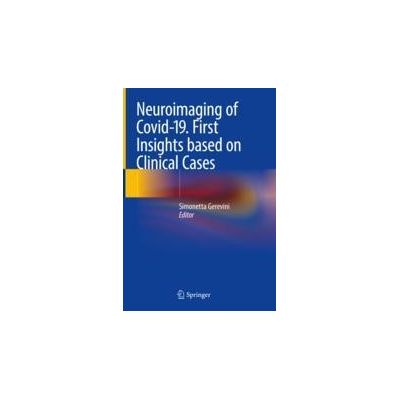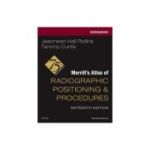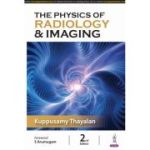Neuroimaging of Covid-19. First Insights based on Clinical Cases

DESCRIPTION
This book presents the variability of the effects of Covid-19 on the nervous system (NS), with the purpose to update content and images based on improved scientific evidence.
Current available data show that involvement of the NS is frequent in patients with SARS-CoV-2 infection. The most common neurologic syndromes include cerebrovascular disorders, encephalopathies, inflammatory Central Nervous System (CNS) syndromes, peripheral neurologic disorders, psychiatric disorders. The pathophysiology of neurological manifestations is far from being understood. They can be coincidental, common complications of severe viral infection, or direct consequence of the viral infection either via indirect para-infective mechanisms or direct viral penetration of NS. Experimental animal models had previously demonstrated the neuroinvasive potential of SARS-CoV and the detection of viral particles in special structures such as the thalamus, nucleus ambiguous and nucleus of the solitary tract, suggesting that CNS invasion can contribute significantly to the severe outcome not only through direct damage to neurological structures, but also through a potential detrimental effect on cardiorespiratory responses. Up to now, the detection of SARS-CoV-2 RNA in the cerebrospinal fluid of COVID-19 patients has been reported occasionally and conclusive pathological demonstration of the virus in the CNS is lacking.
In this scenario, the role of neuroimaging is fundamental.
These considerations highlight the urgent need to better clarify the neurotropic potential of the SARS-CoV-2 virus, and to verify on human autoptic tissue the mechanisms demonstrated in the experimental animal model in order to develop potential strategies to prevent CNS invasion and to adapt treatment protocols based on neurological involvement. CT scan is useful to detect large hemorrhage and ischemic lesions, that have been reported in Covid-19 patients, but lacks identifying other possible neurological complications, such as microhemorrhage or encephalitis. MRI could overcome these limitations; in particular the use of specific sequences may reveal microvascular lesions that can occur during the disease course, according to the described pathogenesis.
This book will be an invaluable tool for neuroradiologists, radiologists, neurologists, and all physicians involved in the pandemic.
Book categories
-Special order
-Soon to come
-Publishers
-Promo
-Callisto Publications
-New books
-- 444,15 leiMRP: 493,50 lei
- 274,05 leiMRP: 304,50 lei
- 604,80 leiMRP: 672,00 lei
Promotions
-- 444,15 leiMRP: 493,50 lei
- 274,05 leiMRP: 304,50 lei
- 604,80 leiMRP: 672,00 lei












OUR VISITORS OPINIONS